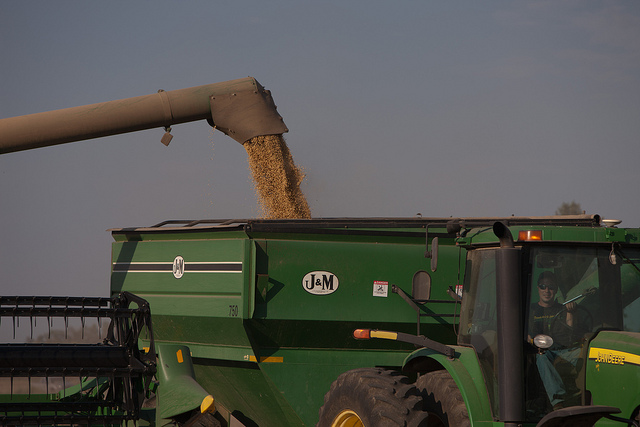by David Parmer / Tokyo
It should be fairly simple: one country produces something, another country buys it. Supply and demand. Case in point–soybeans. The US produces soybeans in abundance, China uses soybeans in abundance. Everything should be good. But it isn’t.
The US under the Trump administration has put substantial tariffs on Chinese goods, and China has retaliated by targeting US products, specifically soybeans by imposing a 25% tariff on soybeans and other agricultural products. China knows that soybeans are grown in the Midwestern United States in the heart of Trump country, and is using this fact to gain some leverage on the US administration.
Soybeans have long been the biggest US agricultural export to China with a recently estimated value of $12.3 billion. China’s appetite for soybeans is truly enormous: the worldwide crop of soybeans for 2018/19 is roughly 13.2M bushels, and China buys 4.2 M bushels, or roughly 1/3 of all beans produced. China uses soybeans for animal feed, oils and human consumption.
The US, in fact, is the second-largest producer of soybeans in the world, Brazil being the first. What’s more, there are now other players in the game including Canada, and several South American countries such as Paraguay and Uruguay. China may turn to these other suppliers in the future if an end to the current trade war does not happen soon.
But what about the short term? In the short term China may simply have to continue buying US soybeans (which it halted temporarily). However, China will find itself in a buyer’s market because soybean prices have dropped 20% since May 2018, and prices are at a 10-year low. (China could also suspend its 25% tariff temporarily to meet the shortfall of beans, and then re-impose it when supplies were met.)
What is more problematic for both parties is the long-term situation surrounding the trade in soybeans. China will move to upgrade its own soybean production and source its soybeans from other producers in the world including the ones mentioned above.
For the US farmer, there is the real chance that the United States will be branded an “unreliable supplier” and the Chinese market, that took decades to cultivate, will be lost for a long time, if not forever.
Photo: Courtesy United Soybean Board via flickr
 日本語
日本語 English
English 中国語
中国語